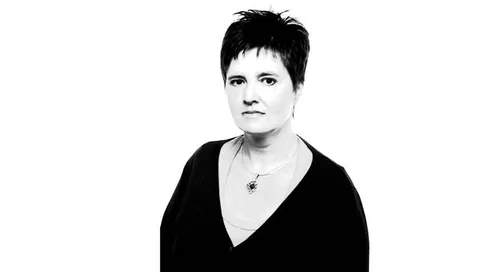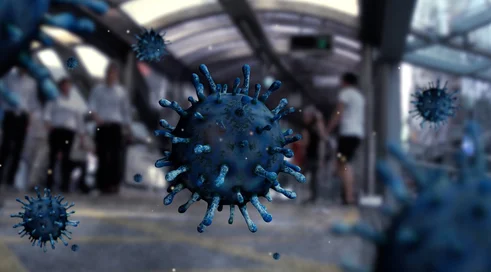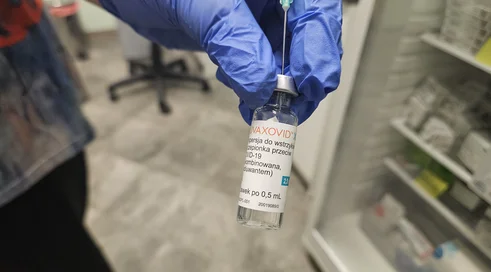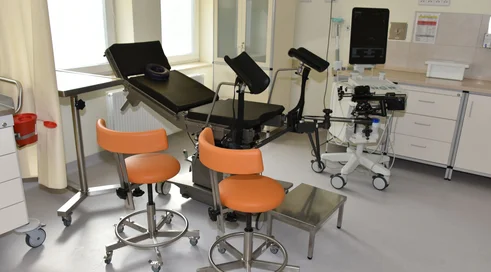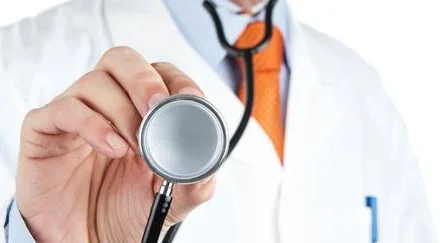- Covid-19 causes a break in the treatment of the underlying disease in cancer patients. Such an infection may persist for a long time. Pre-exposure prophylaxis could help reduce the risk of Covid-19 disease, but also allow the treatment to be continued - said Prof. dr hab. n. med. Iwona Hus, head of the Department of Hematology, Central Clinical Hospital of the Ministry of Interior and Administration in Warsaw.
Which groups of haematological and haematooncological patients are particularly at risk of developing severe course of Covid-19?
Patients with haematological neoplasms are a large group of patients with various types of cancer. Cancers of the lymphatic system in particular are associated with greater immunodeficiency. Their immunosuppressive therapy increases the risk of a severe course of Covid-19. Patients with chronic lymphocytic leukemia are primarily at risk, esp...
Content locked
To gain access to the complete English section of the Medexpress.pl, kindly reach out to us at [email protected].
If you already have an account, please log in







